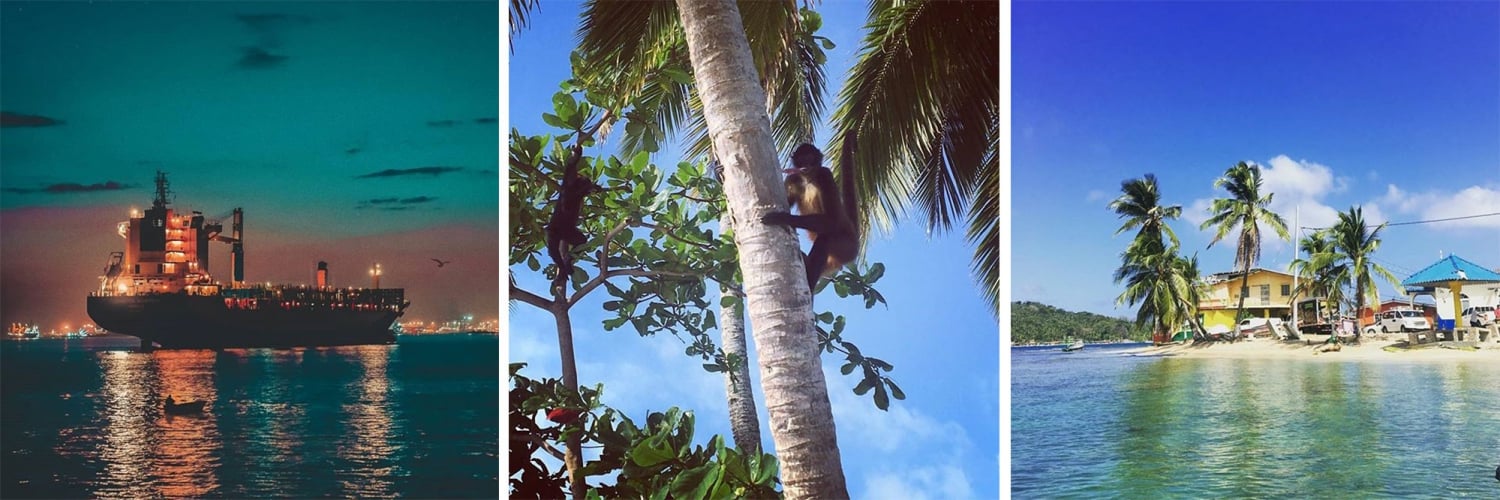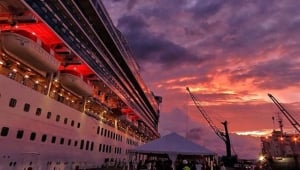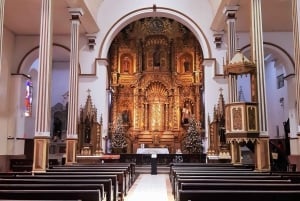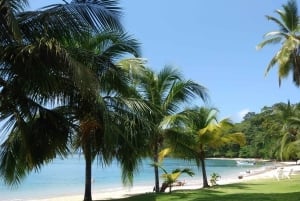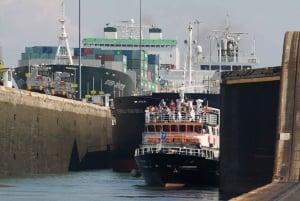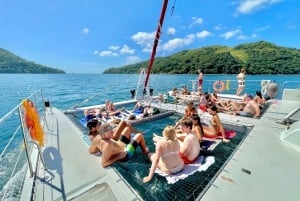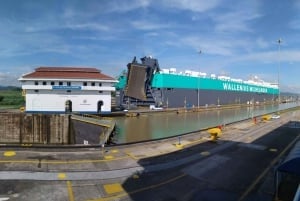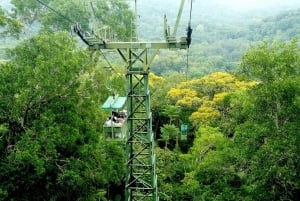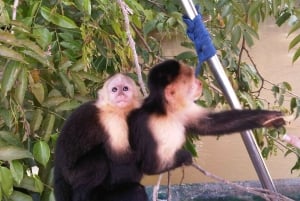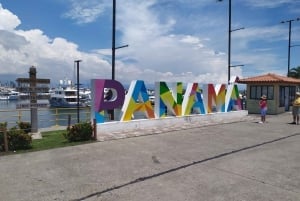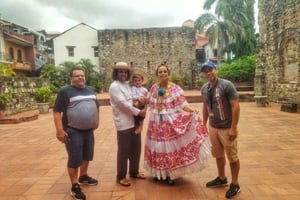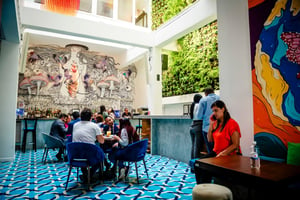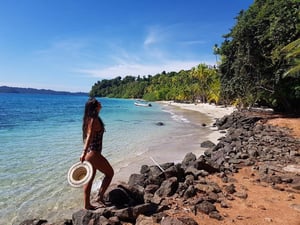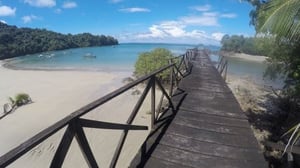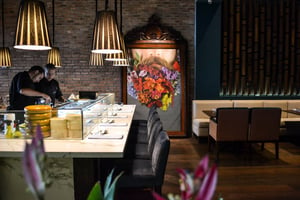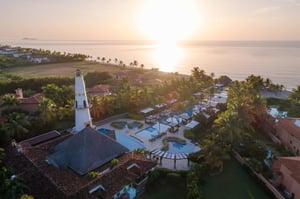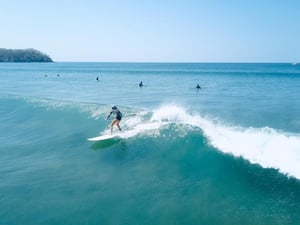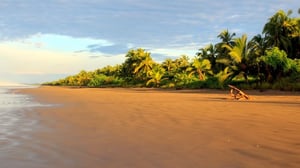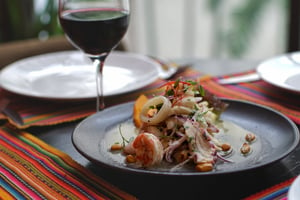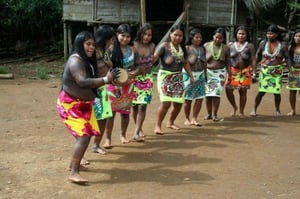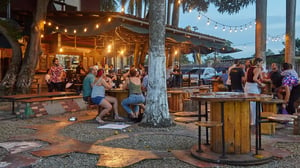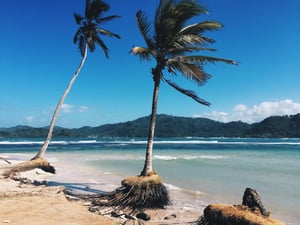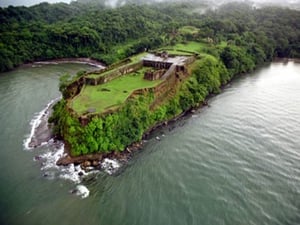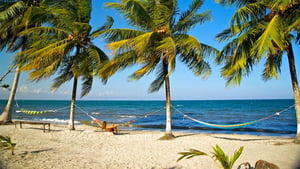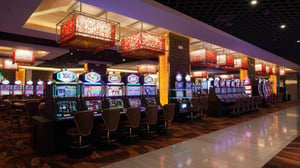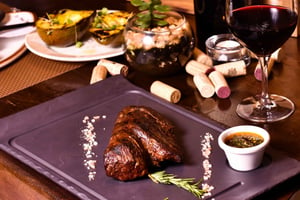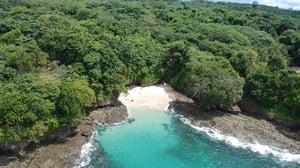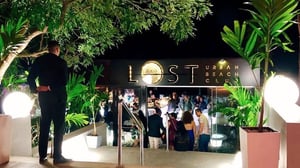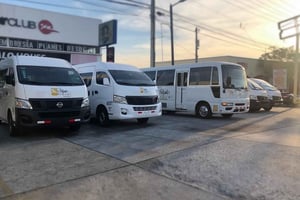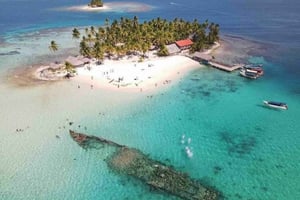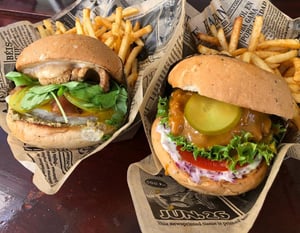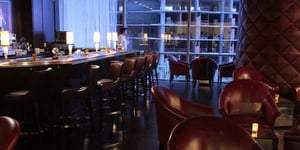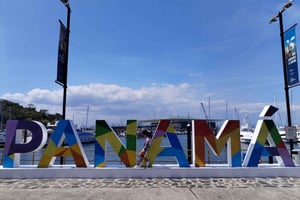Colon
Located at the Atlantic Side of Panama, about one and a half hours from Panama city, Colon is home of the 2nd largest Free trade zone in the World – Colon Free Trade Zone. If you like shopping, this is the place for you! Colon Free Zone has several acres of stores and is only open to foreigners (your passport is required to get the entrance permit). A lot of the stores are wholesalers but you will also find retail stores where you can shop for pretty much whatever you can think of and with prices so low you will not believe it. You won’t have issues to take your purchases out as long as you can carry them yourself (it is recommended to bring your own backpack or suitcase). For bigger items, perhaps a TV, the store needs to arrange delivery to the airport or sea port and will be available for you upon your departure from the country.
You can also visit the Panama Canal –Gatun Locks to see the ships transiting and learn about the operations.
The most developed are: Coronado, with its tennis courts, summer residences, restaurants, club with golf course, rental villas and condominiums; The Turiscentro de San Carlos, ideal for a day of beach and sun; River Mar with cabins, restaurant and with the confluence of the river and the sea, has double attraction. El Palmar and Punta Chame also offer comfortable cabins and restaurants. There are also good facilities installed in Playa Corona, Santa Clara and Nueva Gorgona.
- Isla Grande known throughout the region for its coral reefs and excellent snorkeling and diving, this pristine island welcomes day visitors as well as tourists from all budgets who stay here to spend the holidays. There are a few luxurious resorts and rustic country cabins that offer lodging. The island has no roads and most of the city's establishments are located along the beach. Here, the beaches are white sand, wide and little crowded. There are only 200 permanent residents. This is an idyllic place to relax and enjoy the flowers, greenery and tropical turquoise waters.
- Portobelo It is one of the most interesting sites near Colon. Portobelo is an old Spanish fort located 32 km north of Colon. This once-vital Spanish colonial fortress succumbed to the attacks of British and pirates in the sixteenth century and became a small fishing village. Visitors, today, can visit the ruins of the fort. Many of the original buildings are still standing, including the original Customs building, the Church of San Felipe, and giant iron cannons. This picturesque fort was named a World Heritage by UNESCO.
- Port San Lorenzo Located on top of a cliff overlooking the Caribbean Sea and the Chagres River, about 25 minutes from Colon. The fort was built in 1595 by order of the King of Spain Felipe II and is located at the end of the entrance to the Panama Canal. Like his strong brother, Portobelo, San Lorenzo was frequently attacked by pirates, including the infamous Captain Henry Morgan, and by British military ships. Eventually, Morgan and his men captured the fort and burned it to the ground before leaving to ravage Jamaica. The fort was rebuilt in 1761. You can visit the ruins of this building and those of the previous one. These ruins that are falling apart make a solemn contrast with the green and lush foliage of the jungle.
National Parks and Wildlife Areas
- Metropolitan Natural Park, a tropical forest between the limits of Panama City, where the Smithsonian Institute conducts research on the ecology of tropical forests. This is home to over 200 kinds of birds, monkeys, reptiles and other animals, which can be seen along the way or from the observation tower.
- Soberanía National Park: Only 20 minutes by car from Panama City and 30 minutes from Colon along the Panama Canal. It is one of the most visited rainforests in Central America.
- Barro Colorado Island: Located on Gatun Lake along the Panama Canal, this is a research station run by the Smithsonian Institute, used by scientists around the world to study tropical flora and fauna.
- Sarigua National Park: One of the many parks in the Azuero Peninsula southwest of Panama City. This park is a complete contrast between the jungle and the mountain. Sarigua is a highly arid region, with its own life forms and archaeological sites.


